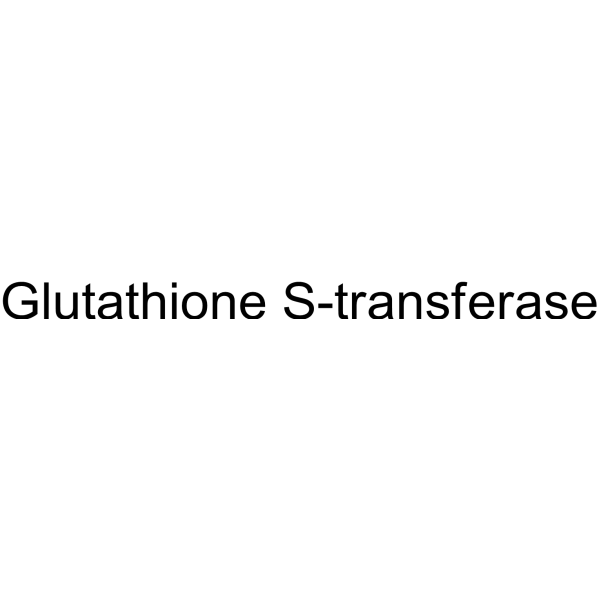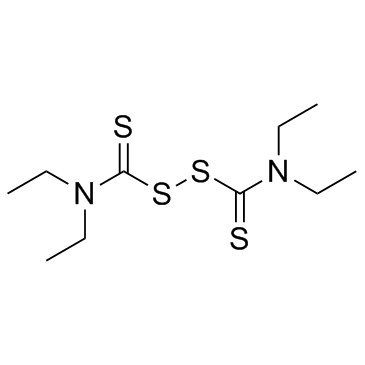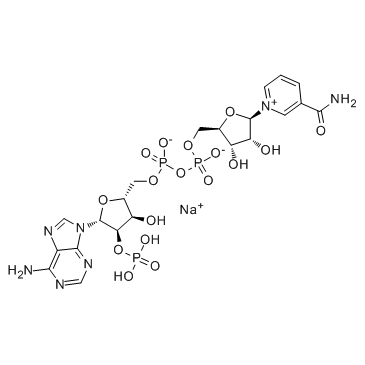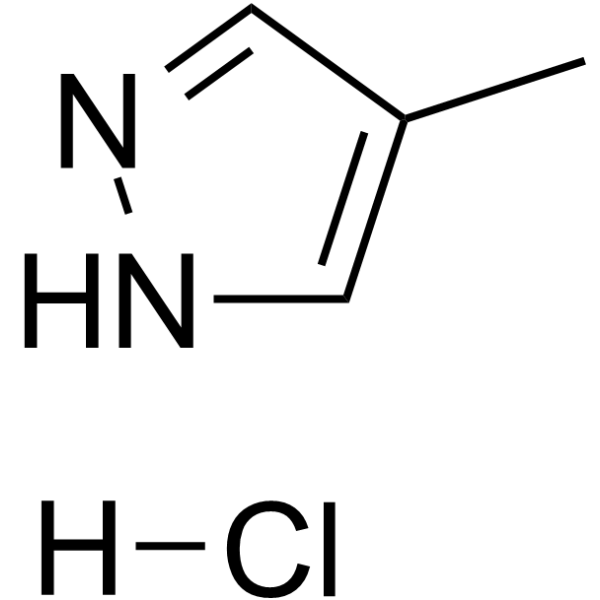| Structure | Name/CAS No. | Articles |
|---|---|---|
 |
GultathioneStransferases
CAS:50812-37-8 |
|
 |
Disulfiram
CAS:97-77-8 |
|
 |
β-NADP-sodium salt
CAS:1184-16-3 |
|
 |
4-Methylpyrazole hydrochloride
CAS:56010-88-9 |